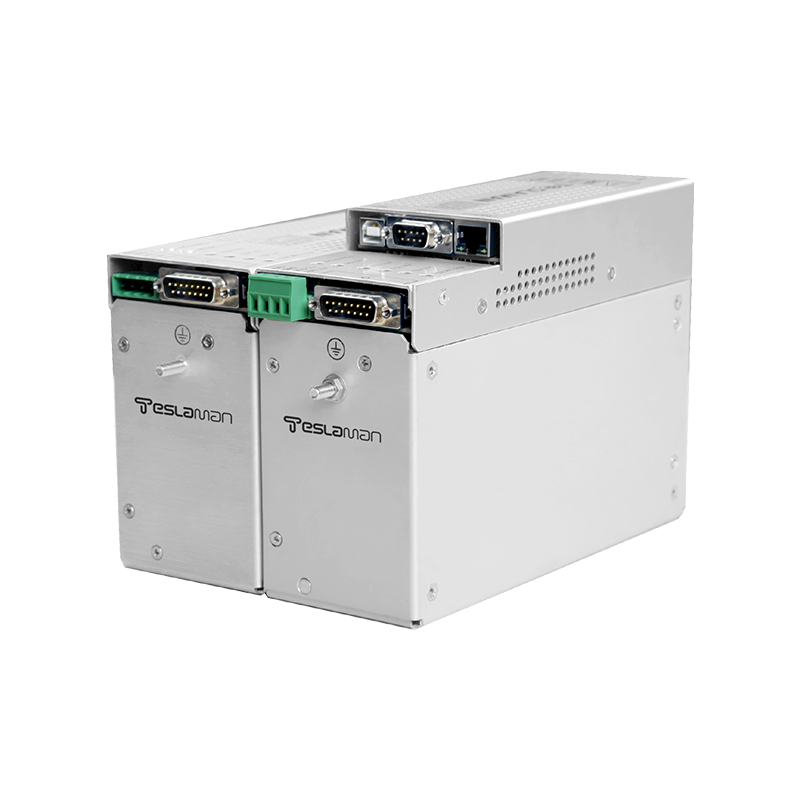Optimization Strategies for High-Voltage Power Supplies in Electron Spectroscopy
As a core method for analyzing material composition and structure, electron spectroscopy technology is widely used in fields such as semiconductor manufacturing, surface science, and nanotechnology. High-voltage power supplies, as crucial components of electron spectrometers, directly determine the accuracy and reliability of detection data. In response to the stringent requirements for voltage stability, energy resolution, and dynamic response in electron spectroscopy detection, optimization strategies need to be formulated from the dimensions of topological structure, control algorithms, and system integration.
1. Enhancement of High-Precision Voltage Stability
Electron spectrometers are extremely sensitive to minor fluctuations in power supply voltage. Even a millivolt-level voltage drift can cause shifts in spectral peak positions, affecting the results of elemental qualitative and quantitative analysis. In the optimization strategy, a low-noise and high-stability reference voltage source is first adopted to provide a stable reference for the system. Meanwhile, a dual closed-loop feedback control architecture is introduced. The outer voltage loop monitors the output voltage in real-time and compares it with the reference value, while the inner current loop quickly adjusts the power devices to suppress interference caused by load changes. Through this approach, the output voltage ripple can be controlled within ±0.1mV, and the long-term voltage stability can be improved to ±0.02%, effectively ensuring the consistency and accuracy of spectral data.
2. Optimization of Fast Dynamic Response
In transient electron spectroscopy detection scenarios, such as the analysis of dynamic changes on material surfaces, power supplies need to have fast response capabilities. By adopting a control scheme that combines high-speed sampling chips with FPGA (Field-Programmable Gate Array), the sampling frequency can be increased to the hundreds of kHz level, enabling the power supply to capture load changes within microseconds. At the same time, the power topology is optimized, and wide-bandgap semiconductor devices such as silicon carbide (SiC) or gallium nitride (GaN) are introduced. While reducing switching losses, the dynamic response time of the power supply is shortened to less than 10μs, ensuring that the electron spectrometer can accurately capture signal changes in fast scanning or pulse detection modes.
3. Intelligent Control and Adaptive Adjustment
To meet diverse detection requirements, intelligent control technology is integrated into high-voltage power supplies for electron spectroscopy. By using built-in sensors to collect operating parameters such as temperature, humidity, voltage, and current in real-time, and analyzing data features with machine learning algorithms, the power supply output parameters can be automatically optimized. For example, when detecting samples of different materials, the system can adaptively adjust the combination of acceleration voltage and lens voltage according to historical data and current detection requirements, increasing the elemental detection sensitivity by 20% 30%. In addition, the intelligent diagnostic function can predict potential faults such as overvoltage and overcurrent in advance, with a prediction accuracy of 95%, effectively reducing the risk of equipment downtime.
4. Modular and Integrated Design
Modular design can significantly enhance the flexibility and maintainability of power supplies. The high-voltage power supply for electron spectroscopy is decomposed into independent units such as power modules, control modules, and monitoring modules, allowing users to flexibly configure the output power and functions according to experimental needs. Meanwhile, standardized communication interfaces (such as SPI, CAN bus) are used to achieve efficient data interaction between modules and seamless integration with the main control system of the electron spectrometer. Integrated design not only reduces signal transmission losses but also enables unified control of the coordinated operation of the power supply and the spectrometer through software, increasing the overall detection efficiency by more than 35%.
The optimization of high-voltage power supplies for electron spectroscopy is a key aspect of improving detection technology. Through the comprehensive application of the above strategies, the performance of power supplies can be effectively enhanced, providing strong support for the in-depth application of electron spectroscopy technology in frontier scientific research and industrial quality control. In the future, with the continuous increase in requirements for detection accuracy, high-voltage power supplies will continue to evolve towards higher stability, faster response, and more intelligent control.




















